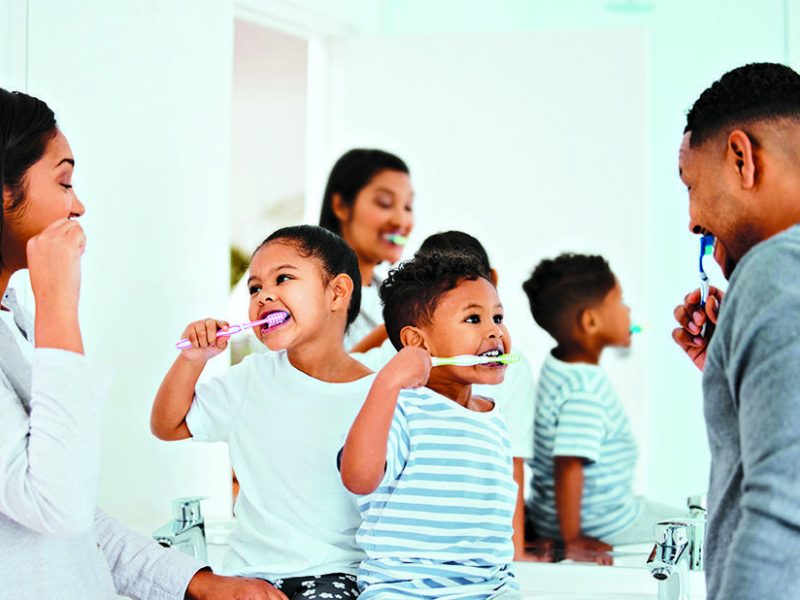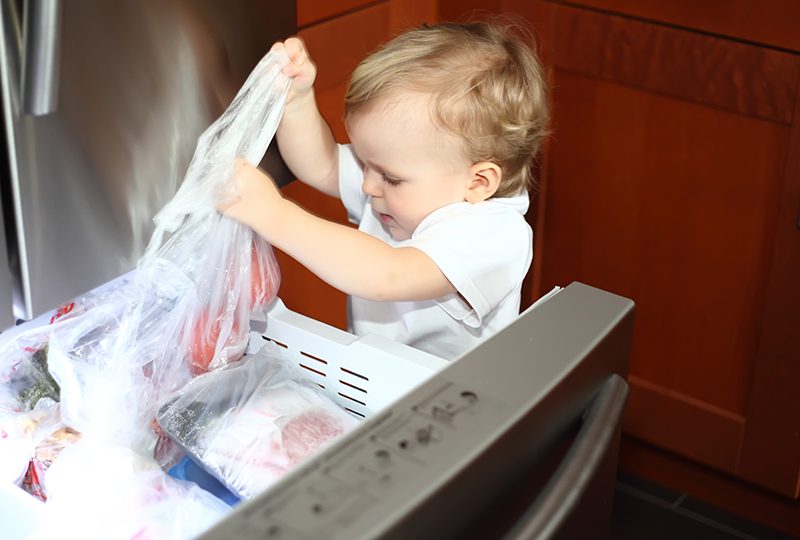Getting Ready for Potty Training
Apart from early newborn care, a topic parents frequently lament is potty training their toddler. Some children potty train themselves while other children require much more patience and guidance.
Since using the bathroom is such an involuntary action for adults, on the surface potty training would seem easy. However this training period can evoke feelings of aggravation and stress, primarily when potty training needs to be accomplished by a set date – such as before school starts.
Signs of Readiness: Parents and caregivers considering starting potty training should first look for signs of readiness in the child. While training typically occurs between 18 and 36 months, every child is different and will embrace the process at his or her own rate. Signs include:
* Staying dry (wearing a diaper) for at least two hours at a time
* Notifying you of a dirty diaper
* Expressing discomfort in a dirty diaper
* Showing physical signs when he or she has to use the bathroom, such as facial expressions or a different posture
* Interest in potty chairs or the bathroom
* Interest in wearing underwear
* Able to take simple direction
Style of Training: There are many techniques geared toward potty training children. Researching them can help you determine one that may work for you. No matter what method you choose, always congratulate positive behaviour, but don't reprimand for accidents. They will happen, and most likely, will happen frequently.Before you begin the process you may want to have these items on hand.
* Let your child choose the potty he or she likes
* Pull-up style training diapers or absorbent training pants
* Videos/books about using the potty geared toward children
* Flushable wipes
* A success chart or another incentive
* Regular underwear of your child's choice
How to Begin
Potty training should never be started during a time of change or trauma in the household. If you're moving, planning on going on vacation, or your child is sick, then it's not the time to begin training.
Once you have your supplies, start introducing the idea of using the potty to the child. Allow him or her to sit on the potty fully clothed and explore the wipes, underwear and other training tools. Do not force the child to sit on the potty. Let him or her do it at a comfortable pace.
When the toddler has grown accustomed to the potty, devote attention to some potty practice. Some parents prefer to put their child in regular underwear so that he or she can feel the wetness of an accident right away. Others like the convenience of training pants or pull-style diapers because they tend to control accident messes a little better. Let the child become familiar with pulling pants and underwear up and down.
For more targeted training, set aside a day when you don't have any pressing plans and can devote a lot of attention to potty training. Encourage your child to sit on the potty for a few minutes every half-hour or so to try and use the bathroom. Supplying plenty of fluids will help expedite the urge to "go."
Making Progress
Gauge how your child is doing with the potty-training process. You may need to push a little harder or back off depending upon the signals. If he or she is embarrassed or reluctant to try, this may be a time to use diapers and simply try again in a few months. Reintroduce the idea later on.
A child who is catching on can be rewarded for success. Also, keep in mind a little positive peer pressure can't hurt. Encourage play dates with children the same age who are mastering potty training so they can influence your child and show it's not so scary. (MS)





